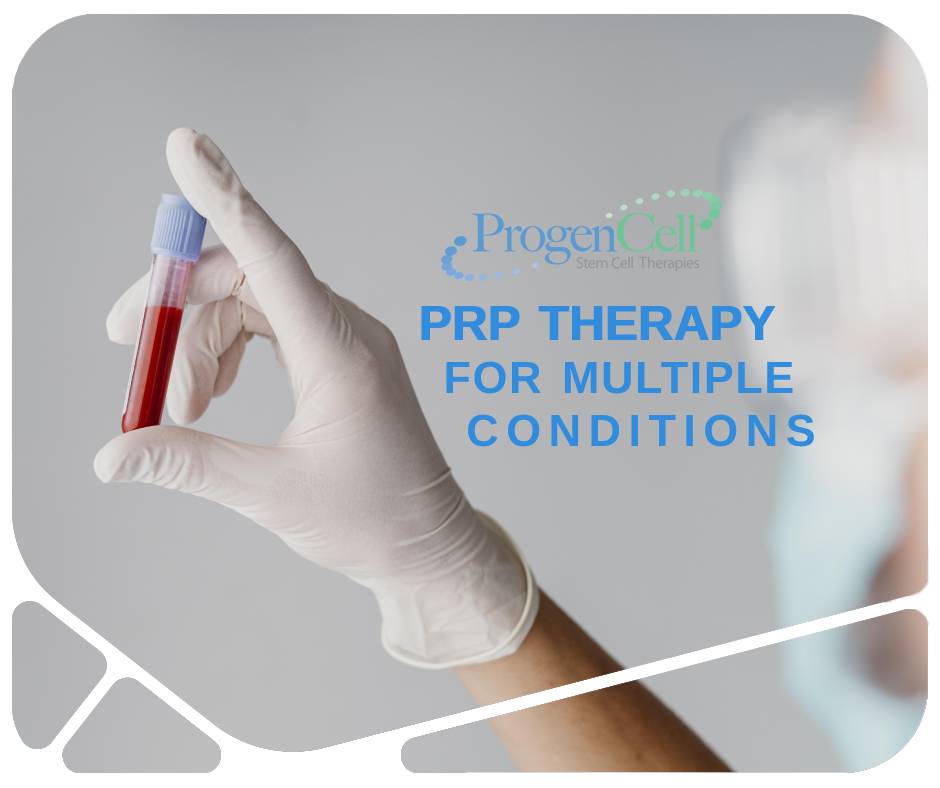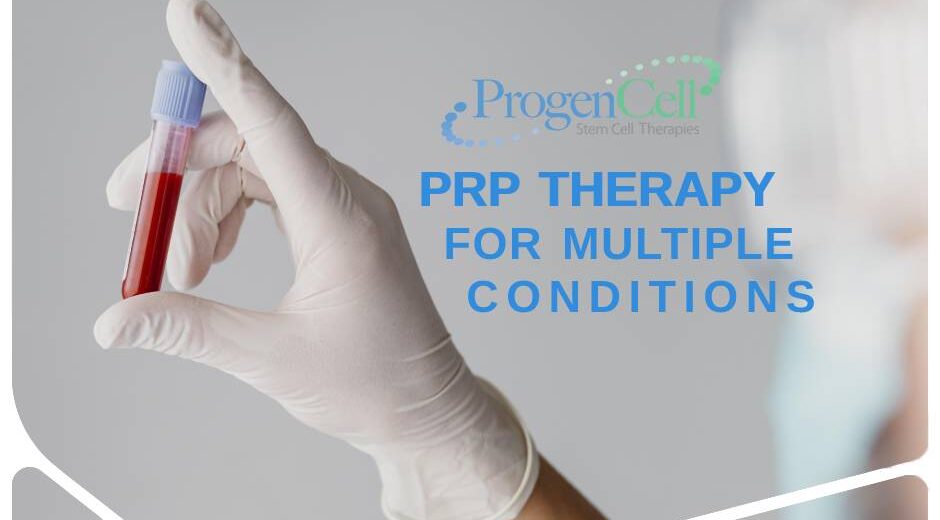
One of the most interesting treatments with a variety of applications is Platelet Rich Plasma (PRP). A technique that provides alternatives for health and aesthetics, as it helps to detoxify, revitalize, nourish, preserve, and balance skin cells.
Table of Contents
What is Platelet-Rich Plasma (PRP)?
Platelet-rich plasma (PRP) consists of a liquid portion that is blood plasma, and platelets: a type of blood cell that plays an important role in wound and skin regeneration. A high concentration of platelets in the plasma can be obtained by centrifuging a sample of the patient’s blood.
Platelets contain growth factors that stimulate cell reproduction processes, thus stimulating the tissue´s regeneration and renewal in the area where they are applied.
What is PRP injection?
PRP injections are the application of the product obtained by centrifuging the patient’s own blood (autologous). It can be applied topically on the face, neck and chest by means of micro needles, in other areas such as the scalp by means of injections applied with small needles, causing a stimulus directly on the tissues, allowing to accelerate the regeneration process of certain body parts such as the stimulation of hair follicles, cartilage regeneration, among others.
How PRP injections are prepared?
First, a small sample of blood is drawn from the patient’s arm. Subsequently, a centrifugation process is carried out, with which the components of the blood are separated according to their density.
Platelets are separated into blood serum or plasma, and sometimes white and red blood cells are removed. By rotating the blood at high speed, platelets with tissue growth factors are obtained, which are responsible for stimulating regeneration. The centrifugation procedure takes about 15 minutes. Once obtained, the PRP is applied by superficial microinjections in the area to be treated.
Preparation before PRP therapy
The specialist will give you the recommendations prior to the treatment with PRP according to the goals to be achieved. You may need to stop taking medications that thin your blood, such as aspirin, ibuprofen, and some vitamin supplements, a few days before treatment.
What conditions PRP therapy is used for?
PRP therapy is used in many applications in medicine, specially in:
- Traumatology and orthopedics to treat injuries such as tendons, ligaments and muscles, with greater benefit when complementing therapy with the application of stem cells.
- Osteoarthritis
- Rheumatoid arthritis
- Joint pain
- Cartilage wear
- In aesthetic medicine it is used for facial rejuvenation
- Hair loss
- Accelerates the healing process of post surgical wounds
PRP therapy process
The specialist in charge of the PRP therapy will determine the quantity of the blood sample for centrifugation. For example, for hair treatment on the scalp, around 20 ml of PRP is used. Once the PRP is obtained, the specialist will take it to apply it to the affected area through microinjections.
When used in traumatology and regenerative medicine applications, a prior evaluation of imaging studies of the patient’s is required in order to identify the areas where the PRP will be applied. For example, in the case of an injured tendon.
After the injection, the treated area should not be washed for at least 24 hours, and it is important to follow the specialist’s instructions, which vary depending on the treated area.
How does PRP therapy work?
As we mentioned, platelets contain growth factors, chemical substances that send signals to the cells of the body, indicating that cell migration or division must be carried out to initiate the process of regeneration of wounds and soft tissues.
That is, when blood vessels are damaged, platelets respond and stop bleeding by clotting and scarring. PRP injections have these growth factors, so they stimulate tissue regeneration.
Risk and side effects PRP therapy
Being a substance obtained from the patient himself, and rich in growth factors, PRP does not cause negative side effects or health risks. Only secondary to the procedure may there be some slight and temporary pain in the places where the injections were received.
However, not everyone is a candidate for the blood draw required to obtain PRP. For example, patients with anemia, cancer, infections, low platelet count, abnormal platelet function, among other conditions, are not recommended for PRP treatment.
Is there recovery time for PRP therapy?
In some cases rest is recommended after PRP therapy. Above all, avoid doing any intense physical activity that requires overexertion.
In general, a healthy person who has received PRP treatment can continue with their daily activities as normal and following the specialist´s recommendations.
Probably after the session you will not perceive immediate changes in the treated area, but over the days to several weeks you will notice the benefits: joints that reduce their discomfort, visibly younger and healthier skin.
If after reading all this information you are convinced that PRP treatment is for you, at ProgenCell you will find the specialists you need. We have specialists in regenerative medicine, intravenous therapies, stem cell treatment such as stem cell therapy for COPD and more.
Browse our website to learn about all the services we have for you, and if you’re looking for a stem cell doctor in Mexico, need more information or want to schedule your appointment, write to us through the WhatsApp button. We will gladly assist you.











Facebook Comments